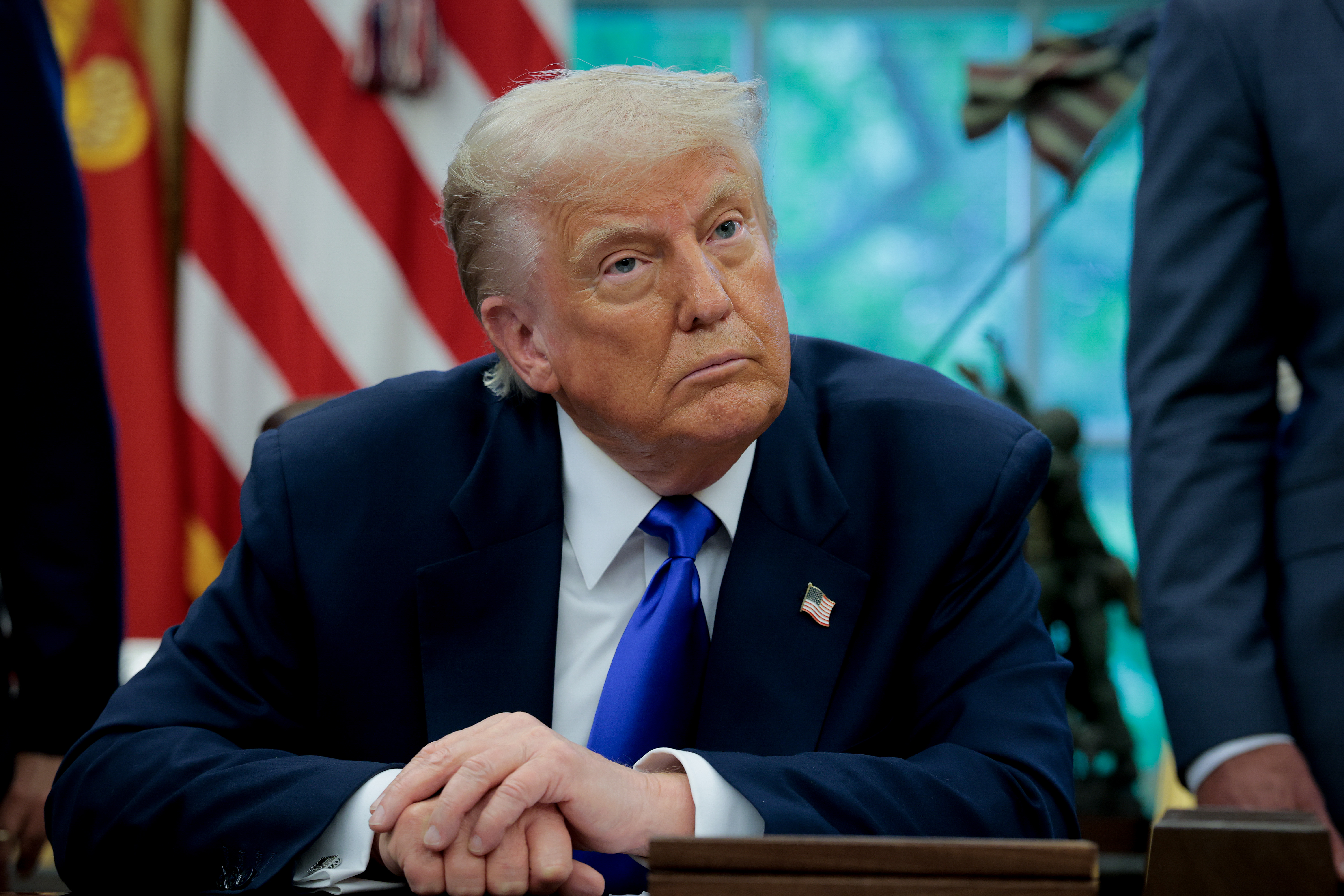Trump’s 100% tariff threat on semiconductors is creating more questions than answers. But one thing is clear: US photographers should pay attention
Semiconductors are a key component of cameras, so what would a 100% tariff mean for American photographers?

During a press conference on Wednesday, US President Donald Trump announced plans to put a 100% tariff on semiconductors – a key component of digital cameras as well as other electronics.
The statement brings a wealth of confusion and speculation as the White House’s report on a semiconductor tariff, a review process that began months ago, is expected to be announced this month.
“We will be putting a tariff of approximately 100% on chips and semiconductors,” Trump said during the meeting. “But if you’re building in the United States of America, there’s no charge.”
Trump then pointed to Apple’s $100 billion investment plans in US manufacturing as one example of a company that would be spared the import tax.
Trump’s statement on plans of a semiconductor tariff, however, is not an official declaration, and many questions remain over the president’s comment and how such a tariff would play out.
One key question looms the largest for the camera industry: will the 100% semiconductor tariff apply only to semiconductor parts, or will the tariff include any completed product shipped that has a semiconductor inside?
If the tariff includes a so-called component tariff, which applies to assembled products shipped to the US that contain semiconductors inside, such a move could dramatically increase the cost of electronics, including cameras.
The best camera deals, reviews, product advice, and unmissable photography news, direct to your inbox!
According to the Associated Press, the US imports relatively few separate chips because most are already part of a device by the time they enter the US.
“The real question everybody in the industry is asking is whether there will be a component tariff, where the chips in a device would require some sort of separate tariff calculation,” senior fellow at the Peterson Institute for International Economics, Martin Chorzempa, told the AP.
Another key question that remains is how much of an investment would be required to get on that tariff exemption list. In April, Blackmagic Design said it was putting plans for a factory in Texas on hold because a proposed semiconductor tariff would increase the cost of building cameras in the US.
Semiconductors are part of “anything with an on and off switch” and are key components for electronics from cars to smartphones. A digital camera’s sensor is one example of a semiconductor. Semiconductors are also part of the autofocus and electronic communication components inside modern lenses.
A 100% tariff would mean that manufacturers would pay an amount equal to a product’s declared value in import taxes. At this point, however, it’s too early to tell if products with a semiconductor inside would be included in that tariff and, if so, if there would be some separate calculation.
Several major camera manufacturers have already passed on the reciprocal tariff increase onto customers by raising list prices, often at an amount identical to or a few percentage points off of the tariff rate.
Much of the camera industry’s manufacturing happens in Japan, China, and Thailand.
You may also like
Follow our live blog on the impact of tariffs on the US camera industry. Or, browse the best mirrorless cameras.

With more than a decade of experience writing about cameras and technology, Hillary K. Grigonis leads the US coverage for Digital Camera World. Her work has appeared in Business Insider, Digital Trends, Pocket-lint, Rangefinder, The Phoblographer, and more. Her wedding and portrait photography favors a journalistic style. She’s a former Nikon shooter and a current Fujifilm user, but has tested a wide range of cameras and lenses across multiple brands. Hillary is also a licensed drone pilot.
You must confirm your public display name before commenting
Please logout and then login again, you will then be prompted to enter your display name.
